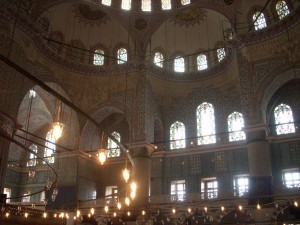
One of the most notable aspects of a semester abroad in Europe is the wanderlust that seems to seize every single person in the program. Yes, places like Barcelona, Paris, and Rome are customary pilgrimages made by college students every single semester, but in all the excitement, we tend to forget that Europe is more than the European Union. Visa restrictions forced me to this stunning realization, and I had to look elsewhere for spring break plans.
Turkey isn’t the first place people think to go when in Europe; mention of it definitely doesn’t exude the instantaneous glamour of its neighbors. Four days in Istanbul, Turkey’s largest city, was time enough to discover that while its fellow countries have been stealing the tourism spotlight, it has quietly been burgeoning into a vibrant cultural center.
Having settled into our hostel, which was located in the historical Beyoglu district, we decided to take advantage of the afternoon and ventured out to explore our neighborhood. Beyoglu is considered to be one of the more vibrantly urban districts of Istanbul, as it is in the midst of a cultural and architectural revival. As far as first impressions go, Istanbul comes on pretty strong. For the tourist who isn’t used to densely-packed cities, prepare yourself, for “bustling” doesn’t even begin to describe the city’s streets.
Nothing could have prepared our travel-addled brains for the sheer volume of energy contained within as we were swept down one of its main streets, amidst masses of people, vehicles, and cats (yes, cats) alike. For cats are known as the “queens of Istanbul.” Stray cats abound the streets, all impeccably groomed and cared for by the people as they are a symbol of ancient tradition derived from Islam.
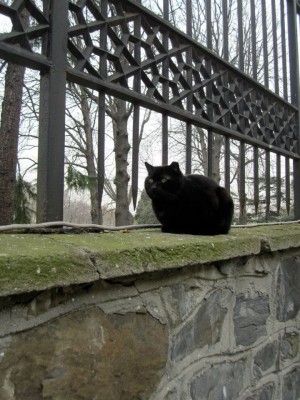
Dazed and overwhelmed, we ducked into one of the street’s many (and I mean many) restaurants and ordered our first round of kebabs and Turkish tea, or çay, as it is called locally. One discovers very quickly that food and leisure are at the heart and soul of Turkish culture. From the restaurants and bakeries that proliferate the city’s every street and alley to the small street-side carts that sell roasted chestnuts, corn, and simit (Turkish sesame bagels), hunger is an unknown feeling. The four days we spent in Istanbul were characterized by baklava, döner kebabs, and kumpir, the Turkish version of a baked potato that is easily superior to, well, every other type of potato really. It’s a common sight to see people lounging outside cafes, playing backgammon, drinking çay, and smoking Nargile, or hookah as we know it.
Of course, Turkey is steeped in history and is rich in architecture and landmarks from the period of the Ottoman Empire. Its past is visible in the very buildings lining the street, but is best embodied within the ancient Sultanahmet district, which is home wonders like the Blue Mosque, the Hagia Sophia, and the Topkapi Palace. These beautiful representations of Ottoman and Byzantine architecture, all over a thousand years old, are gorgeous testaments to Islam. While I am not particularly religious myself, it was overawing to see the products of such faith. And the well-preserved state of the structures leads one to believe that it is a sentiment that has persisted over the last millennium. Indeed, the tell-tale twin minarets typical to mosques dot Istanbul’s densely packed cityscape.
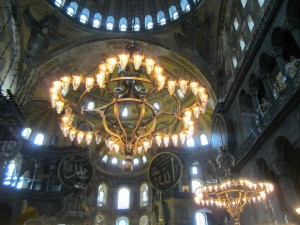
A short walk away from the Blue Mosque is the bustling Sultanahmet market, at the heart of which is the Grand Bazaar. True to its name, this maze-like building houses hundreds of shops beneath its old archways. It was hard to know where to look first on walking in as everyone had a vibrant display outside their respective shops: Turkish glass lanterns of every color, glazed ceramic bowls, scarves and shawls of every material, and of course, Turkish delight of every flavour. Istanbul is undeniably a shopper’s paradise: the value of the Turkish Lira, combined with the necessity of bargaining ensured that our suitcases were far heavier on trip back to London.
It was in the Grand Bazaar that we were also subject to the Turks’ overly enthusiastic soliciting methods, as everyone had an assistant at the door, trying to invite shoppers in a way that was arguably more off-putting than enticing. Needless to say, being a group of girls, we were pretty much fodder for their lucrative selling strategies (the phrase “Spice Girls” was tossed around on more than one occasion) and outrageous prices.
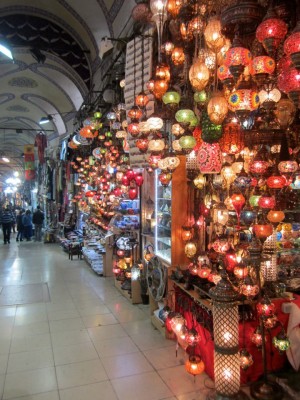
Amidst the chaotic culture of the city, it’s easy to forget Turkey’s most unique geographical feature: it is part of both Europe and Asia. On our last day, we took a ferry across the Bosphorous, the strait that divides the two parts, over to the Asian side. After the strict and oftentimes intimidating immigration protocols we are forced to go through at airports, the nonchalance with which we crossed over to another continent was almost laughable, and undoubtedly one of the most novel experiences one can have in Turkey. The Asian side itself was suburban in comparison to its European counterpart, but presented a more authentic picture of everyday life in the city.
Istanbul is a blend of history and modernism in the best sense of the word, as it is still evidently steeped in a timeless tradition of faith and religion but appears to be willing to adapt to the rapidly-changing times. Visitors never feel unwelcome, as the locals are some of the most hospitable people one can meet in Europe. It is easy to be swept along by its infectious energy, which is perpetually at an all-time high, and while its fellow countries have reached a state of equilibrium as far as modern society goes, Turkey is still coming into its own.

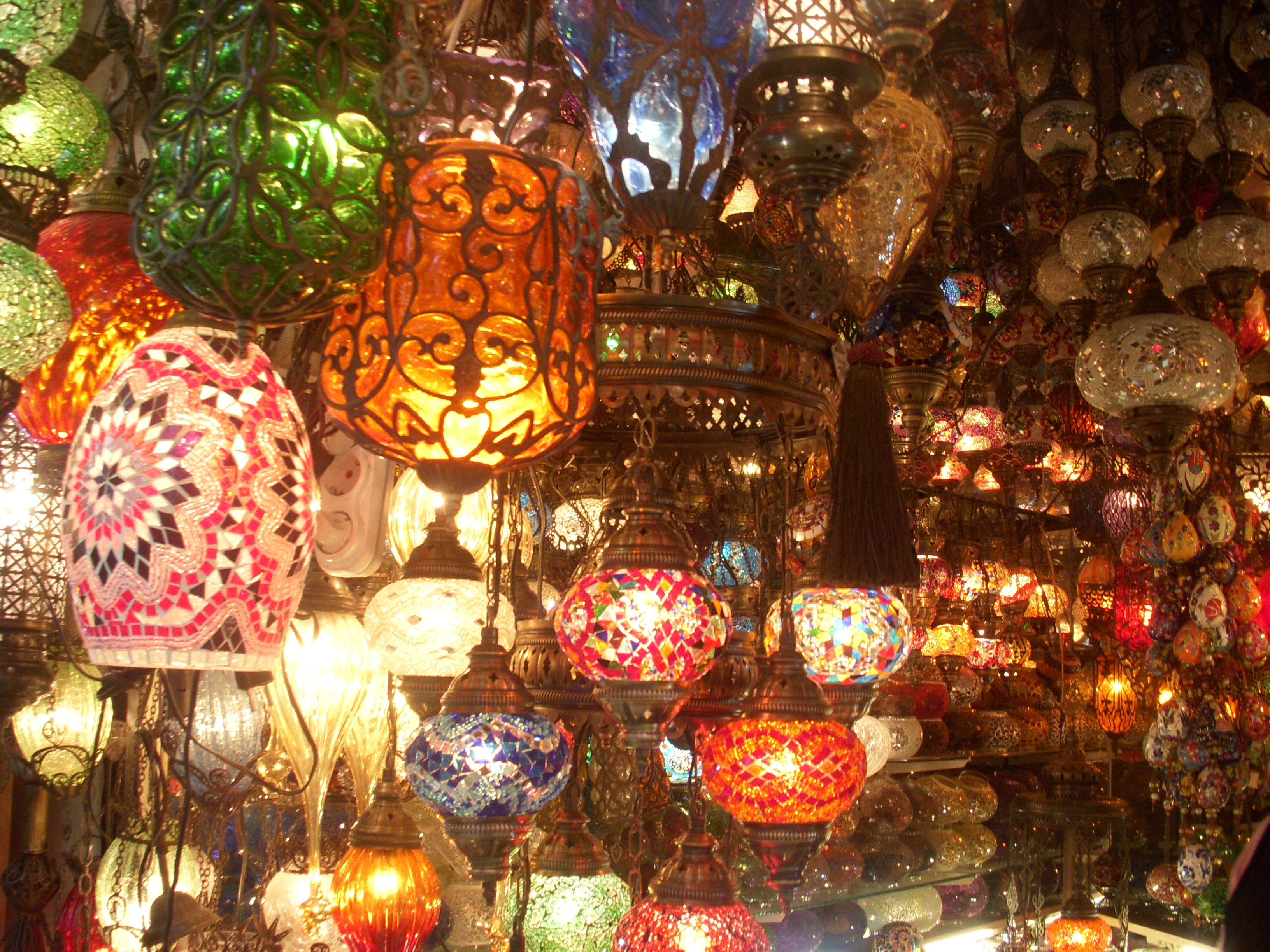

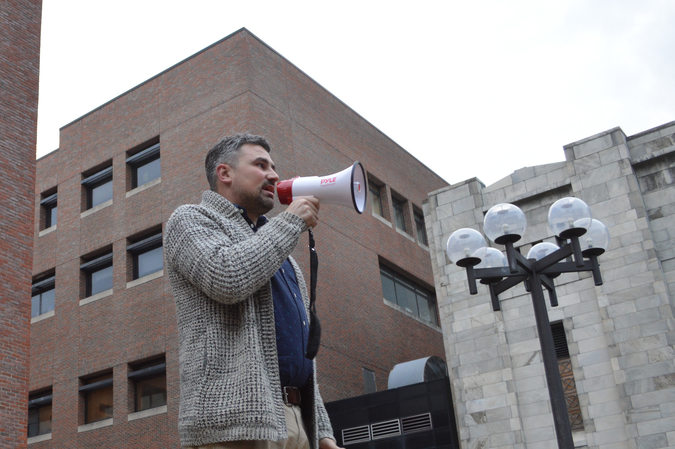
One Comment on “Istanbul, the Hidden Gem of Europe (and Asia)”